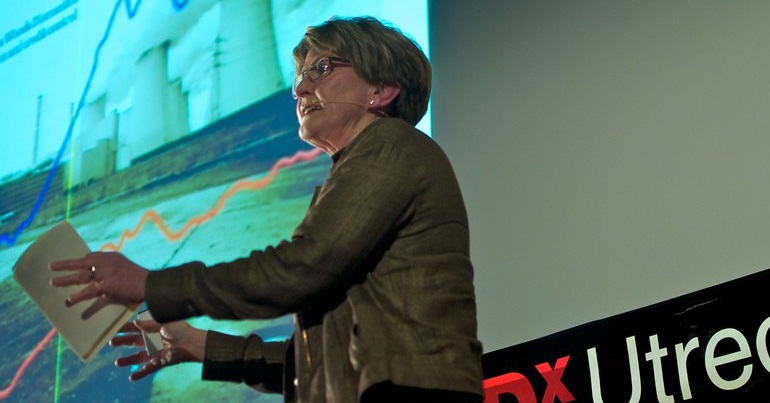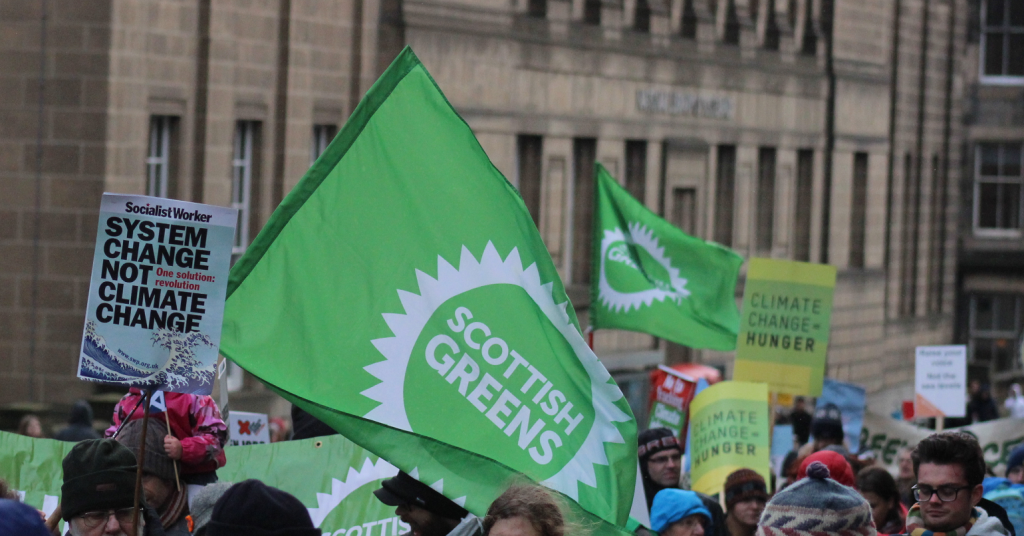Economics as if the planet mattered: Ann Pettifor’s The Case for the Green New Deal

Having just finished Naomi Klein’s On Fire, I was left feeling slightly unsatisfied and wanted a more robust book on the Green New Deal. Ann Pettifor’s The Case for the Green New Deal was the perfect book to turn to next. Pettifor’s argument of the policy is both convincing and informative.
This is not surprising. The author was an active figure in the demands for international debt justice at the turn of the century. Pettifor is also one of the few people who correctly predicted the 2008 financial crisis. Furthermore, the author helped set up the influential Green New Deal group and build the base for its policies. Therefore, Pettifor is excellently placed to write this work.
History of an idea
The focus of this book is predominantly economics. The Case for the Green New Deal does not attempt to engage intensely with wider concerns about decolonisation, climate reparations and other political and philosophical aspects of the Green New Deal. It aims to provide what it says on the cover, an economic case for and explanation of the Green New Deal.
The book rightly communicates that the Green New Deal is not a new policy proposal. Many wrongly write about the policy as if it has only just emerged, ignoring Pettifor’s work. Consequently, the book often focuses on Pettifor’s Green New Deal group and their work.
The book constrasts UK research with the US proposals from Alexandra Ocasio Cortez, Bernie Sanders and others. It is in this focus on transatlantic differences that Pettifor brings out the key element of her case for the Green New Deal; international financial system change.
Turning world finance on its head
Pettifor presents an accessible and informative introduction to key developments in international finance over the last century. Throughout the chapters it becomes clear just how much the economic ideas of John Maynard Keynes are key to Pettifor’s case for the Green New Deal. Additionally, Herman Daly, one of the founders of ecological economics, measures highly in Pettifor’s analysis. With these figures, and many others, Pettifor points to the problems of the international financial system.
The book acts almost like a roadmap for how to change finance, which Pettifor argues currently prevents the large-scale implementation of policies like the Green New Deal. The account focuses on key leverage points and reforms that are central for success. In this sense, Pettifor rightly not just demonstrates the Green New Deal’s feasibility as an economic project of revolutionising international finance, but also the fight required to implement it.
Principles of the new economy
The Case for the Green New Deal then elaborates a number of key economic principles for the new economy. These include the need for it to be a ‘Steady-State’ economy which rejects the dominant growth paradigm. The principles further focus on articulating an economy aimed at satisfying private needs first, in a self-sufficient way. The economy would be labour intensive, producing a number of jobs. Ultimately, the book argues the macroeconomy must be focused on ensuring monetary and fiscal coordination. We need systemic change of international finance to achieve this.
There are a number of different funding sources identified once monetary and fiscal coordination is possible. Not just tax revenues, but monetary credit creation, loan finance and saver surpluses through guaranteed bonds. Here is perhaps where the book is the most technical, but it remains an accessible read. The scale of the challenge to fund and implement a Green New Deal is clearly huge, but Pettifor makes it seem possible.
An anti-capitalist case?
Within the book we can begin to see the contradictions which the current broad support for the Green New Deal brings with it. There are chapters and passages referring for the need for a Green New Deal to effect systems change, implying rejection of neoliberal capitalism. The book even uses Ursula K. Le Guin’s famous anti-capitalist ‘divine right of kings’ quote at the start of the final chapter. But is this book anti-capitalist?
I don’t wish to answer myself as I don’t pretend that anyone can have a monopoly on that answer. But this is where the dividing lines of left-wing debates are going to be drawn around climate proposals over the coming years. For many, a Keynesian and Steady State Green New Deal is not capable of displacing capitalism. For many, displacing capitalism entirely is the only way to ensure ecological stability.
The fear of inadequate ‘climate Keynesianism’ is something Klein touches on in her writing and is an increasing concern among those on the left. Shifting Green New Deal stimulus into consumptive lifestyles undermines its long run effects. However, I suspect Pettifor responds to these concerns by stressing the ‘Steady State’ aspects of her case.
The commitment to a mixed-market economy is going to upset many on the radical left. This is still a strong Keynesian account, which warrants response from these sceptics.
Summary
The Case for the Green New Deal is clear, concise, and well put. It is a crash course in the economics and history of the policy bundle, as well as a roadmap to implementing it. By focusing on the economics there is a cost of wider engagment with debates on the Green New Deal. But this is because it aims to do what it says on the tin and make the economic case for the policy.
Its decidedly Keynesian basis challenges the wider left about just how transformative the Green New Deal should be. The gauntlet has been laid down; it is now up to those who disagree to respond.




Leave a Reply